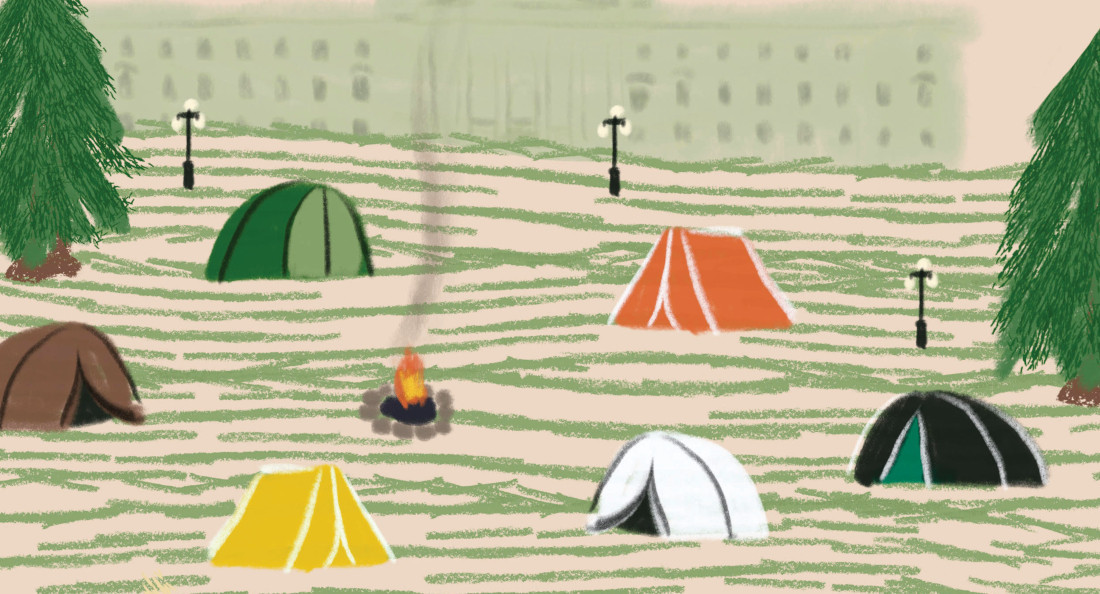What happened to the 99 per cent?
A (very, very, very abridged) retrospective on Occupy Winnipeg
It’s Oct. 15, 2011. The Arab Spring has been in progress for 10 months, Occupy Wall Street protests have been going on for just over a month and, in Winnipeg, the first Occupy event is taking place: the Occupy Winnipeg march, swiftly followed by the construction of the Occupy Winnipeg camp.
“I knew this was what I had to do. I didn’t even know why, I just had to go,” Pamela Godin says, reflecting on the march. Godin was a resident of the Occupy Winnipeg camp in Memorial Park for almost two months. She doesn’t know who coordinated the original march, only that they were not the same people who organized the camp.
But this story starts long before Godin arrived. For a project largely characterized as a flash in the pan, Occupy Winnipeg was actually more than a decade in the making.
The odd political context for Occupy Winnipeg
On Oct. 15, 2011, Manitoba had been governed by an NDP premier since 1999. According to David Camfield, a member of Solidarity Winnipeg who has been active in Winnipeg’s leftist community since 2003, the organizing scene was “very quiet. There was a kind of complacency.” “Manitoba had kind of not been affected by austerity policies under the NDP,” they say. “They didn’t deliver very much at all, but they didn’t attack people.”
This makes Occupy Winnipeg a little unique. The Occupy Wall Street movement was largely a response to poverty and corporate bailouts in the wake of the 2008 financial crisis, but Canada was hit much less hard by the crisis than the United States, and, within Canada, Manitoba was one of the least-impacted provinces.
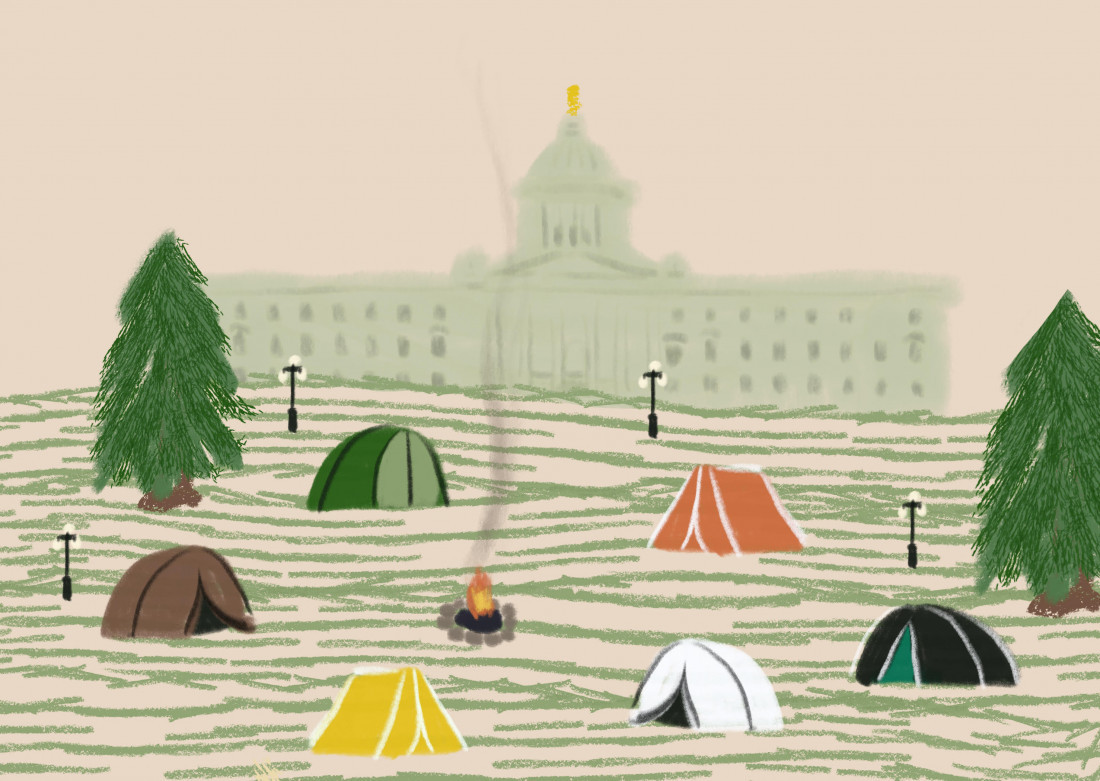
The fresh faces of Occupy
In 2011, prior to the Occupy Wall Street protests, “the dominant flavour of the radical left in the city was anarchist, and it was pretty insular,” Camfield says, mentioning the Old Market Autonomous Zone at 91 Albert St. and the Mondragon Cafe as examples of “lifestyle anarchism” that had little interest in advocacy and policy change.
He says the Occupy Winnipeg camp was largely made up of people who, as far as he knew, were not connected to the existing leftist networks in town.
This is true of Godin, who was working on her master’s degree at the time.
“Previous to (Occupy), I kind of always felt like things were off or wrong in society, but I didn’t really know what to do, and I didn’t have a lot of friends that were active in community or being activists,” she says. Godin mentions that watching the documentary The Corporation and hearing about Occupy on the news pushed her to join.
Occupy Winnipeg was also Kristaps John Balodis’ first experience with organizing. When Balodis joined the camp, he was in his first semester of undergrad at the University of Winnipeg (where he says the camp was fairly well-received) and was also inspired by watching documentaries and learning about injustice.
“It was a very interesting experience,” he says. “I thought at the time that I was saving the world.”
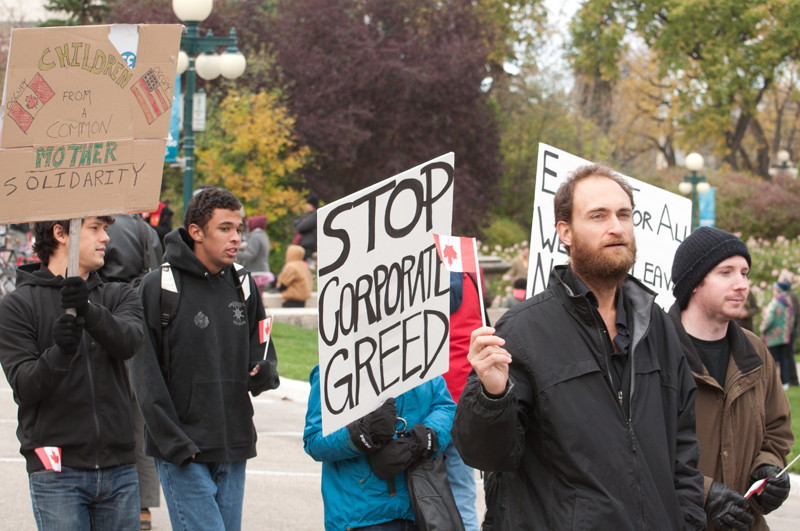
An archival photo of Occupy Winnipeg protests from the Oct. 26, 2011 edition of The Uniter. (Supplied photo)
The practical truths of Occupying
Godin recalls the camp being very organized, with community members or camp members with kitchen access bringing in food every day for those living in tents, since cooking on the site was difficult.
She was living at the camp full-time and says that, during the day, people experiencing houselessness would visit the camp, and those on site would work on camp logistics and set up. In the evening, people would come by after work or school, and there would be Occupy meetings and guest speakers.
Much of the communication was facilitated via the Occupy Winnipeg Facebook page, which many people had admin privileges over and would use to post announcements, often beginning with the author’s name in parentheses.
One feature of life at the camp was consensus decision-making, which happened in large meetings twice per day. Balodis says this process slowed a lot of things down.
“We were a very diverse group of people from lots of diverse backgrounds with a common belief that something was wrong with the way things were currently going and a hugely different set of opinions on how to improve the situation,” he says.
Balodis also recalls the camp becoming a hub of other activist groups, which allowed for effective mobilization of camp members to participate in other actions.
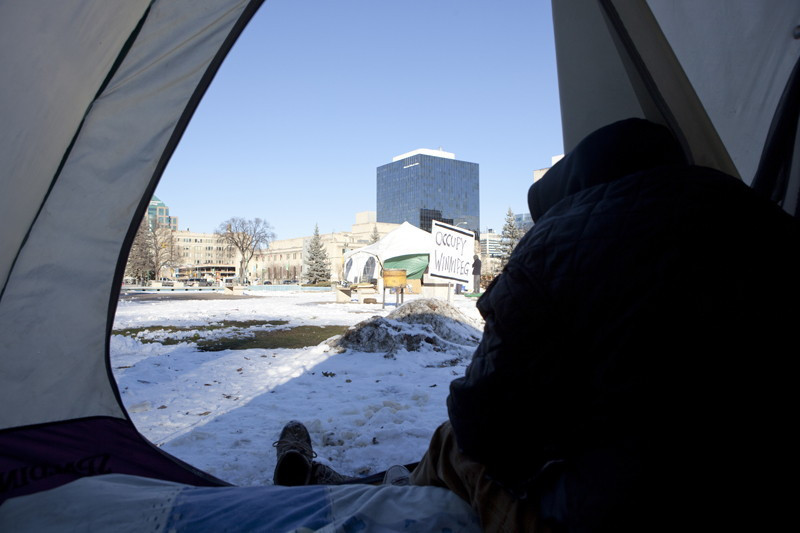
An archival photo of Occupy Winnipeg’s wintry camp in Memorial Park, from the Nov. 30, 2011 edition of The Uniter. (Supplied photo)
Clayton Thomas-Müller, who is now a senior campaign specialist with 350, wasn’t working in Winnipeg when Occupy happened, but he remembers first hearing about the Wall Street protests. At the time, he was at the Grassroots Global Justice Alliance Conference, a large convention of BIPOC grassroots organizations from across North America, and he remembers noticing how few Black, Brown and Indigenous people were present at the Occupy protests.
Thomas-Müller, who is Cree from Pukatawagan, notes that many Occupy camps were maintained by anarchist networks that had previously been vital frontline volunteers to Indigenous community and political organizing.
“A lot of that capacity almost disappeared overnight with Occupy and had a dramatic impact on Indigenous groups who relied on people that got sucked into the Occupy movement,” Thomas-Müller says.
“There’s a big polarized space between (BIPOC organizers coming from intergenerational organizing traditions) and middle-class white kids, especially men. It became quickly apparent, across the continent, that (Occupy) was dominated by a certain age group of white males. That was a challenge,” Thomas-Müller says, which led to the group making some preventable mistakes.
He says there were Occupy camps that eventually developed positive relationships with local BIPOC organizations and were able to mobilize a lot of money into vulnerable communities, particularly after Hurricane Sandy. However, the movement overall “didn’t do the initial work to build (Occupy’s) goals with a broad, diverse community.”
“Occupy certainly came out of a base that I was not accountable to or identified with or organized social movements with,” he says.
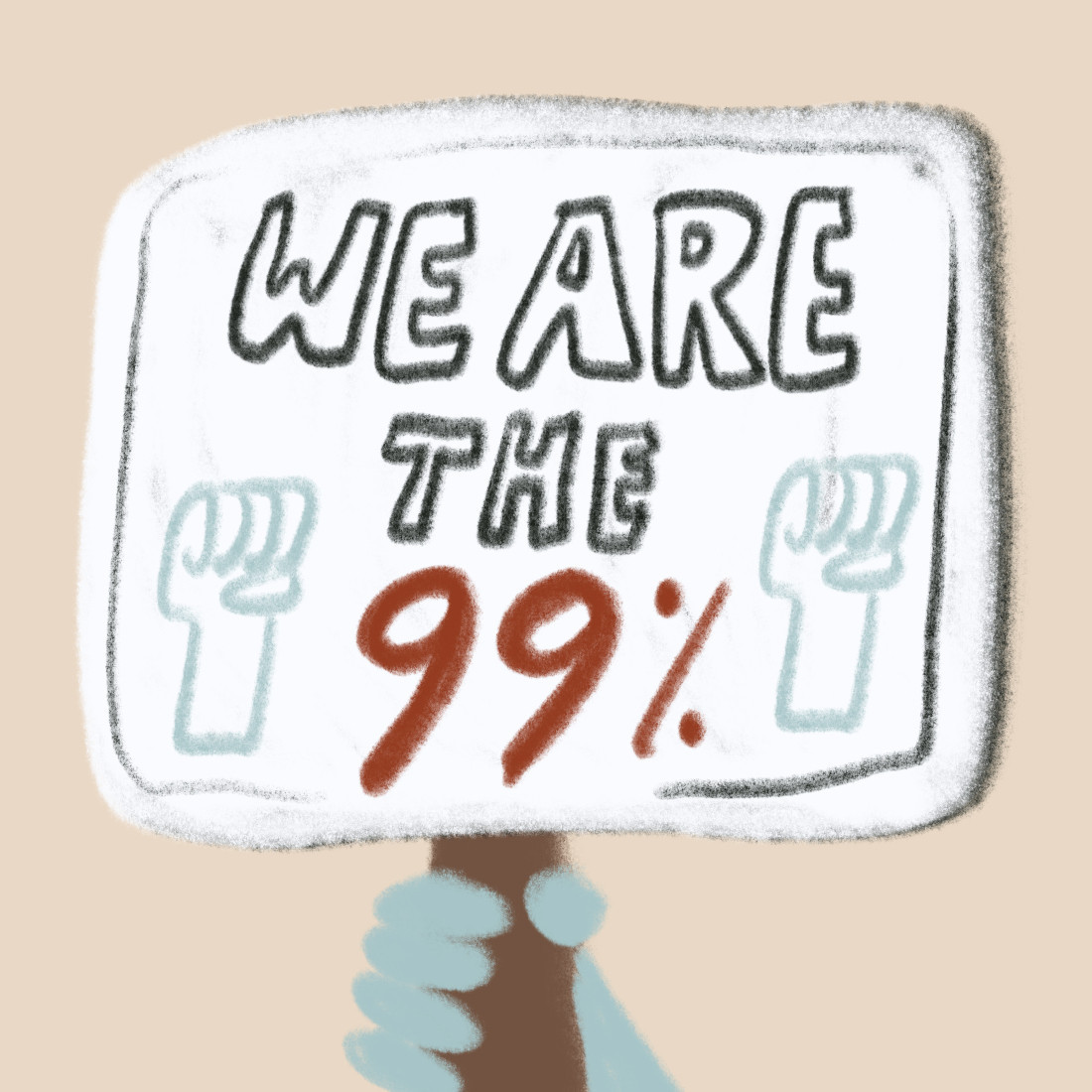
Thomas-Müller says Occupy “paid for (this lack of initial collaboration with existing BIPOC groups), as far as criticism and legitimacy goes.” Many camps failed to institute the kind of measures more established grassroots groups often use to amplify the voices of marginalized organizers and protect participants from lateral violence.
“For young (white) kids where that’s their first foray into social movements, it’s amazing, it’s exciting, it’s radical – but they all make the same mistakes,” Thomas-Müller says. “They all have the same ideas that their privilege entitles them to have, but it’s the same ideas that Black, Brown, Indigenous people have been hearing from white folks since white folks came here.”
There was also the fact that the predominantly white movement was called “Occupy,” a term which was and is incredibly loaded with the history of colonialism and which garnered many critical articles, particularly from Indigenous people.
While these mistakes hindered the movement, Thomas-Müller says “Occupy provided a lot of good learning moments for the development and sharpening of strategies and tactics for these new, green, intersectional social movements to deal with the current triple threat that humanity is dealing with, that being the (COVID-19) pandemic, the economic recession at a global scale that we’ve never seen before and, of course, the existential threat of the climate emergency.”
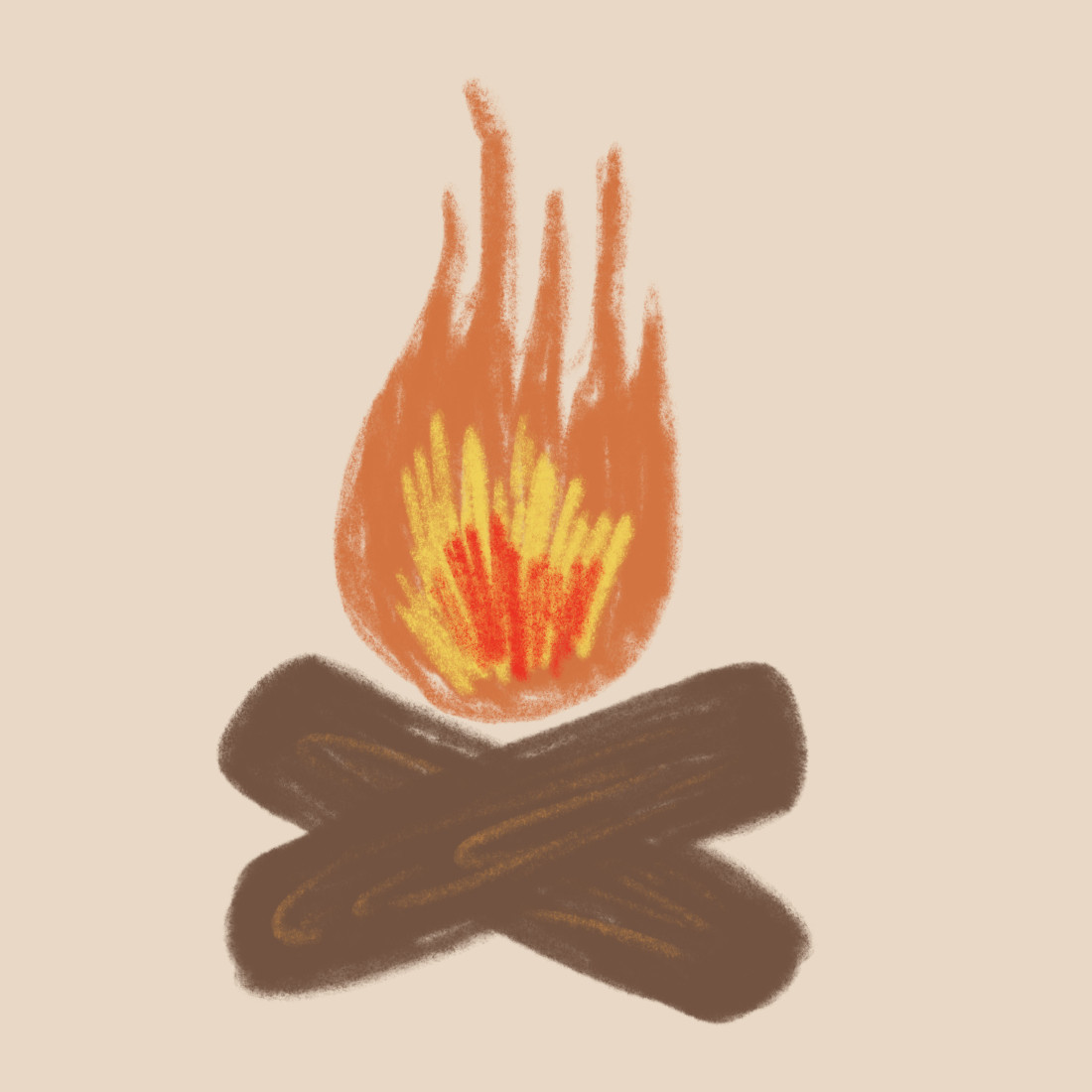
The problems that come when nights are long and cold
Godin and Balodis both point to the same causes of the camp’s eventual drop in on-site residents: winter and diminishing energy.
“I remember lining my tent with emergency blankets and duct tape, insulating, and we were trying to create structures, because we didn’t have a lot of money to winterize,” Godin says. “A lot of people felt like there was more energy going into keeping the camp going than to the actual mandates and ideas that we had brought forward.”
On Dec. 21, the solstice, Balodis was still living at the camp with two Indigenous men, one of whom was Métis. They were the last members of the camp living on site.

He remembers the Winnipeg police and Legislature security coming to tear down the camp. He says they threw the two Indigenous men in the back of a police car for a while, but not Balodis, who is white.
The police confiscated or destroyed everything from the camp, which Balodis says had largely been donated by people from the community. The items were held for a long time, and when Balodis and the owners of the items were able to recover their property, many things were missing.
Decade-old digital ruins
Occupy Winnipeg met up at churches and libraries for a while and eventually dissolved. Time passed. People moved. It’s Oct. 21, 2021 at the time of publication. If you look up the Occupy Winnipeg Facebook page, the profile picture is a satanic Bill Gates, and the page is covered in anti-vax videos.
Godin says, at some point, one of the many people with admin access to the page blocked all the other admins, and the former camp members are still trying to figure out how to deal with it.
Camfield and Balodis suggest the shift toward conspiracy theorist content on the page also speaks to an issue already present in Occupy from the beginning.
“People have this general idea of being part of the 99 per cent and against the 1 per cent, but the question of who the 1 per cent were and what the roots of the problem were and are was very unclear,” Camfield says, which opened the gates for anti-semetic conspiracy theories in Occupy circles.
Balodis says that while he doesn’t believe in conspiracy theories, he can understand how someone might make the jump from general distrust of the government to antivax beliefs.
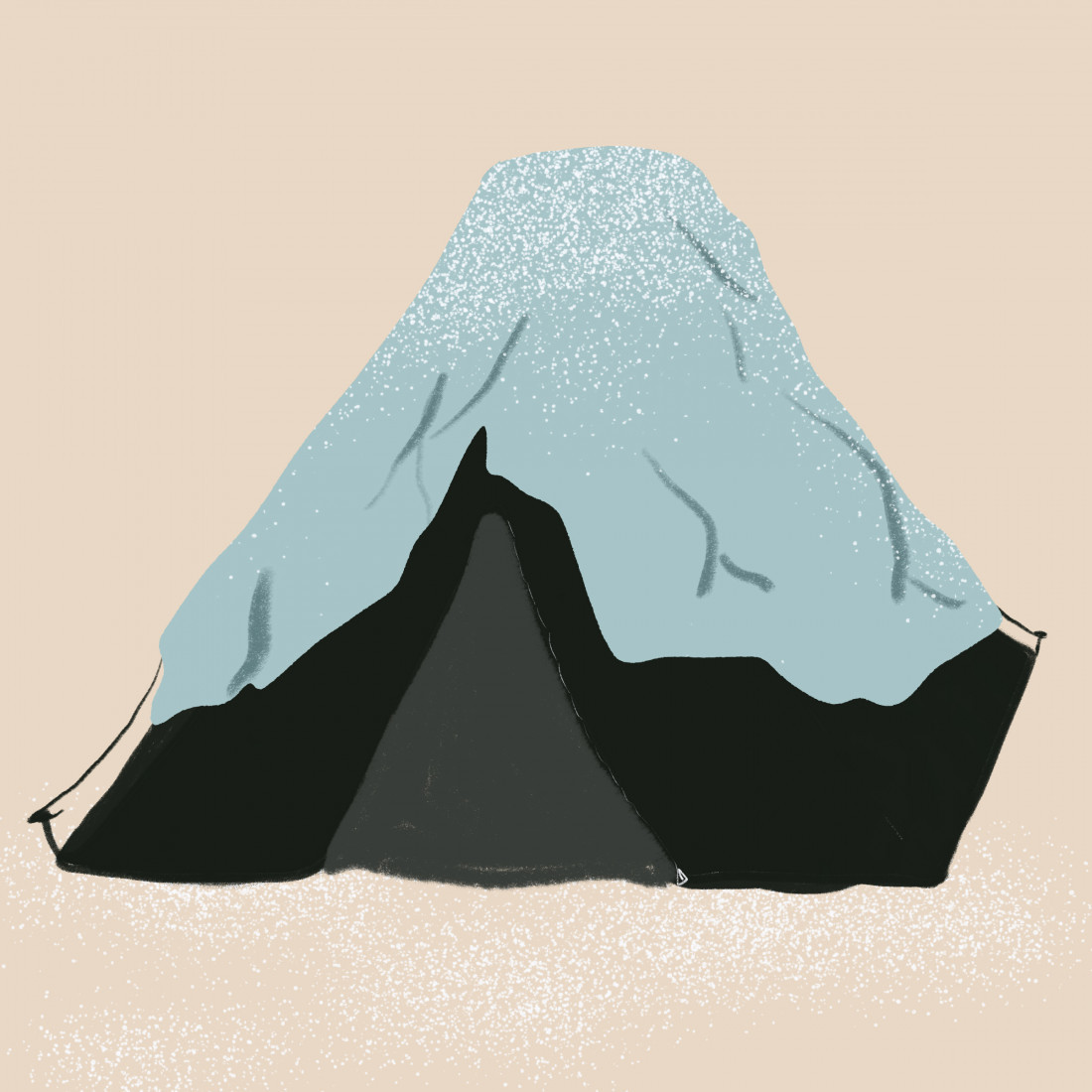
Lessons learned a decade later
While Occupy Winnipeg might seem outdated to the point of irrelevance in 2021, there are lessons to be learned from the camp that have relevance for organizers now.
A key takeaway for Godin is “making sure you put your energy into what is most important over what looks good.” She says participating in Occupy Winnipeg still taught her a lot about speaking out, and that in the immediate aftermath of the camp, many Occupy Winnipeg members were involved in groups like the Council of Canadians, Idle No More, Manitoba Energy Justice Coalition, Water is Life and were inspired by the consistent organizing of Meet Me At The Bell Tower.
Balodis says it’s hard to extract a single strong takeaway for organizers now. However, he thinks Occupy was most effective when it was breaking into smaller, more directed teams and regrouping regularly. He had a period of not being involved in political organizing but now volunteers with the Prison Mathematics Project.
Thomas-Müller highlights the need for activists in Winnipeg to develop clear communication and relationships with local Indigenous communities and African and Filipino diaspora groups in order to activate and mobilize people effectively and prevent harm.

“Organizers, as you politicize yourselves and get involved in social movements, it’s important to understand where you live, and that goes beyond being able to do a really eloquent land acknowledgment,” he says. “It means having relationships with the original people of Treaty 1 territory and understanding, at least at a surface level, what each community is going through in the city.”
He also recommends organizers read the 17 Principles of Environmental Justice, The Principles of Working Together and Jemez Principles for Democratic Organizing. Camfield identifies the importance of organizing beyond protests, understanding systems of power and avoiding conspiracy thinking as major lessons from the movement.
“Today, there’s such historical amnesia. People often don’t know anything about the previous debates and experiences, so there’s a lot of reinventing the wheel,” they say.
Published in Volume 76, Number 6 of The Uniter (October 21, 2021)

